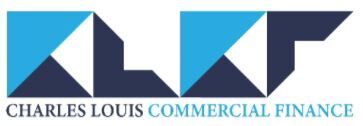What is first & second charge lending?
A charge is what is put over your property when the lender is providing you the loan. This charge is noted on the land registry, and this means you cannot sell the property or raise further funds against it without approval from the original lender.
It also means that the lender with the charge can force the sale of a property if you default on your loan.
Most lending is done on a first charge, and this means that the lender who gave you the loan is first in line to claim any proceeds back from the sale of a property.
It is possible to then get a 2nd loan against the same property, but this means the next lender will have second charge over your property and is second in line to claim if you default.
2nd Charge lenders are always taking a much higher risk on the property so their rates are typically a lot higher than 1st charge lenders.
Here are some examples of when you may need to take on a 2nd charge:
- You have a small LTV mortgage of around 30% which you want to keep because the rate is so low but need to raise additional funds.
- You have borrowed money for the purchase of a property expecting to be able to fund the work yourself but it ends up being more expensive than you expected or you simply don’t have access to the funds you thought you did.
FAQ
- What’s the difference between a regulated bridging loan and unregulated one?
- What bridging fees are there?
- What is the Bridging Maximizer™
- What is the ‘better than published’ promise?
- What does ‘No broker fees’ mean?
- What is the rate match guarantee?
- Can I get a better deal if I contact lenders directly?
- What is bridging finance?
- What are the pros and cons of bridging finance?
- What does a lender need to know about you, the borrower?
- What is LTV?
- What is first and second charge lending?
- What is light / medium / heavy bridging development finance?

